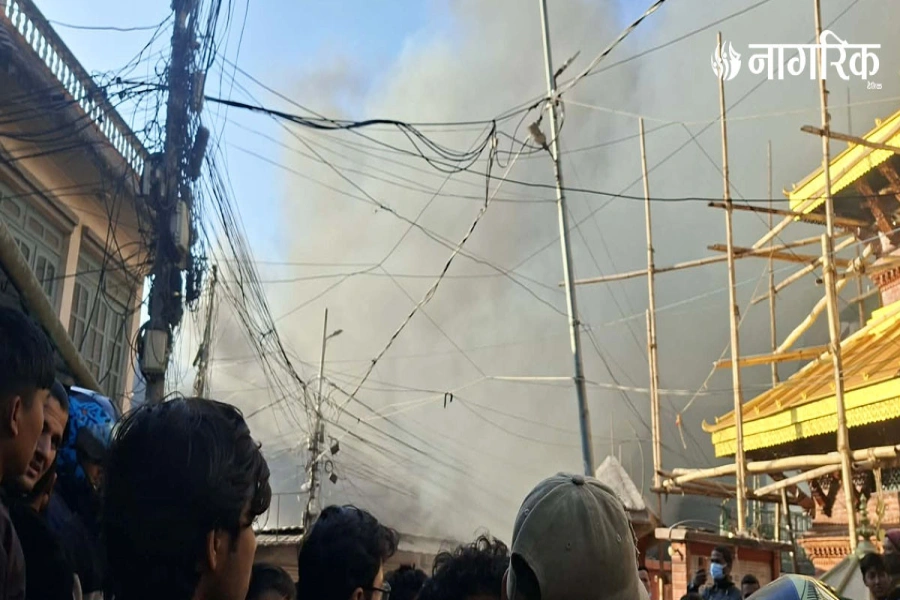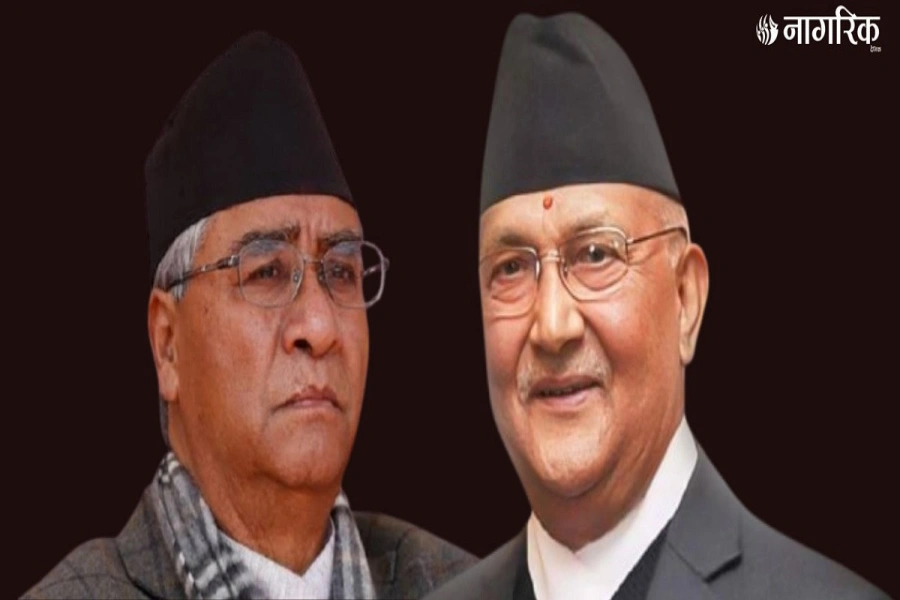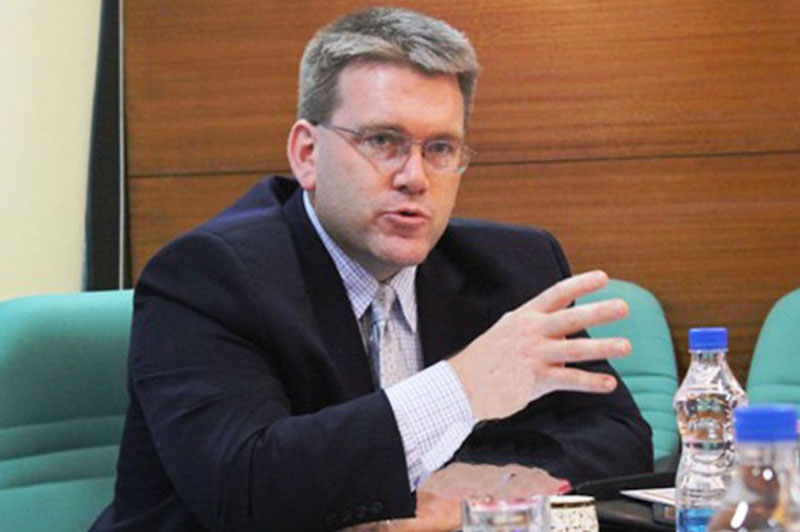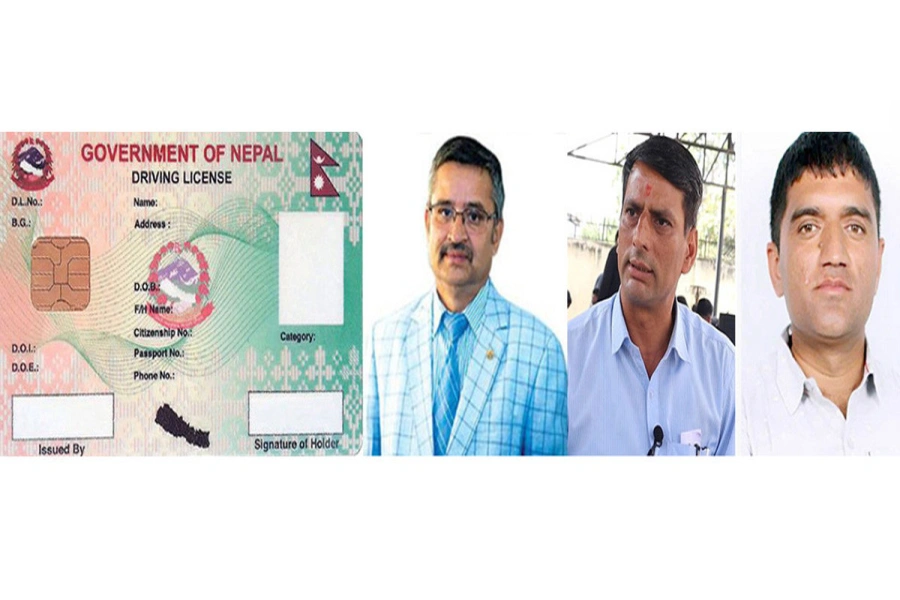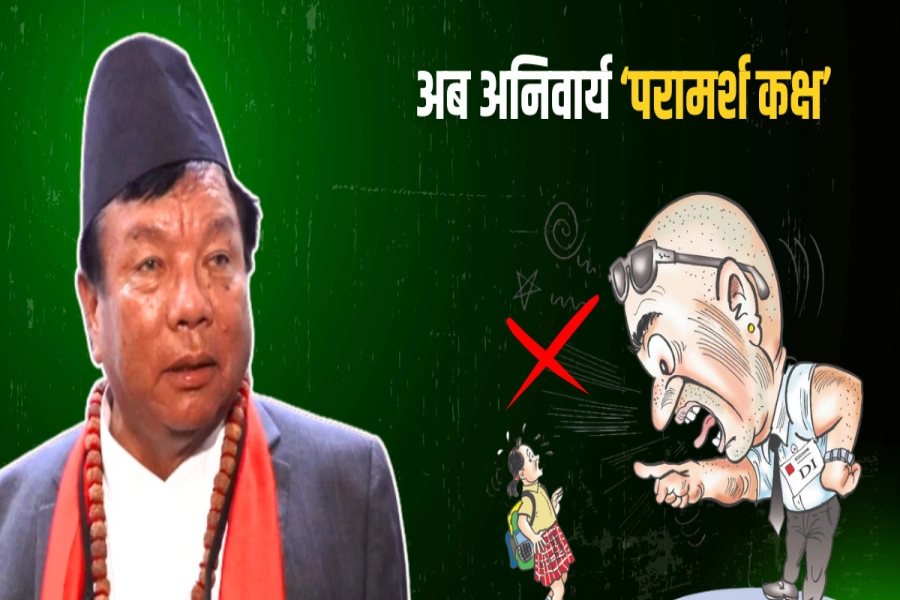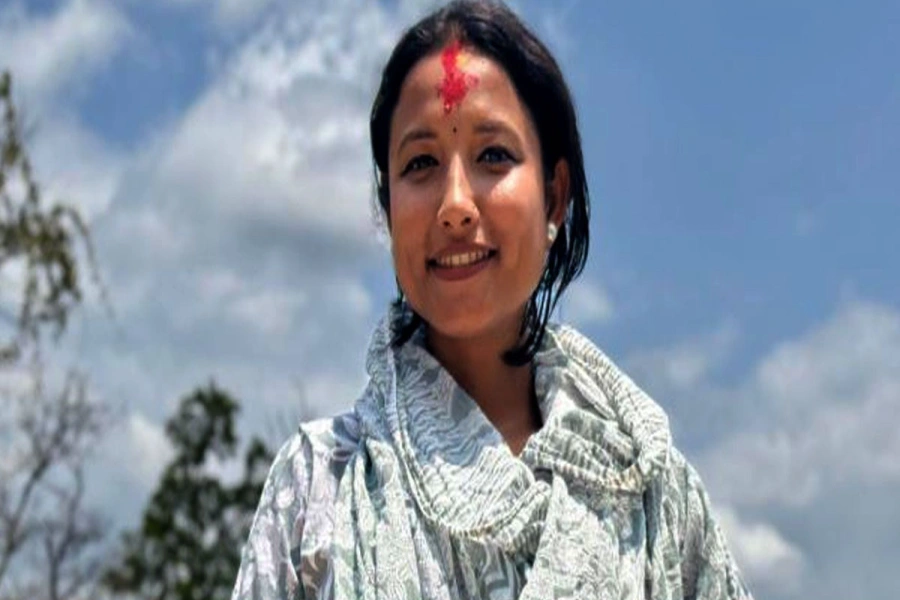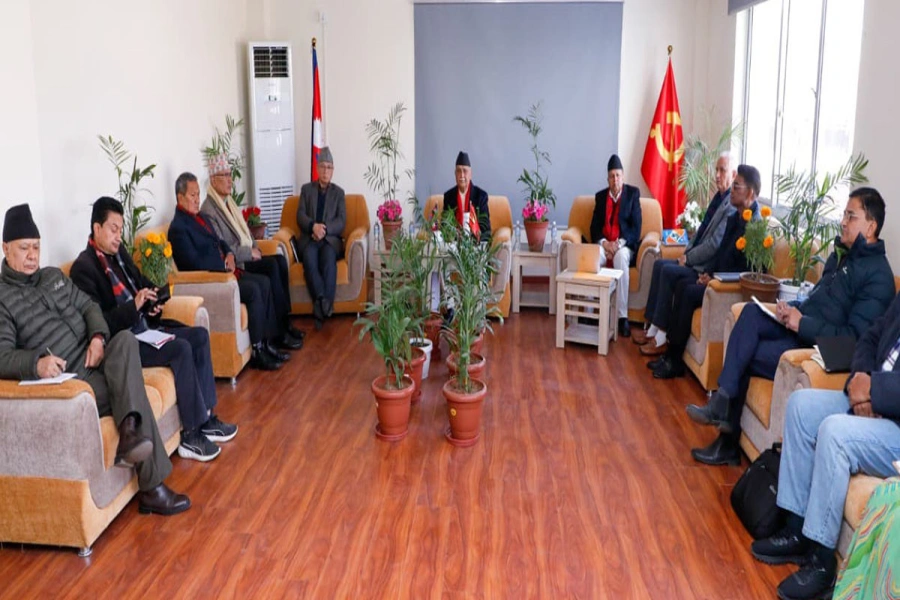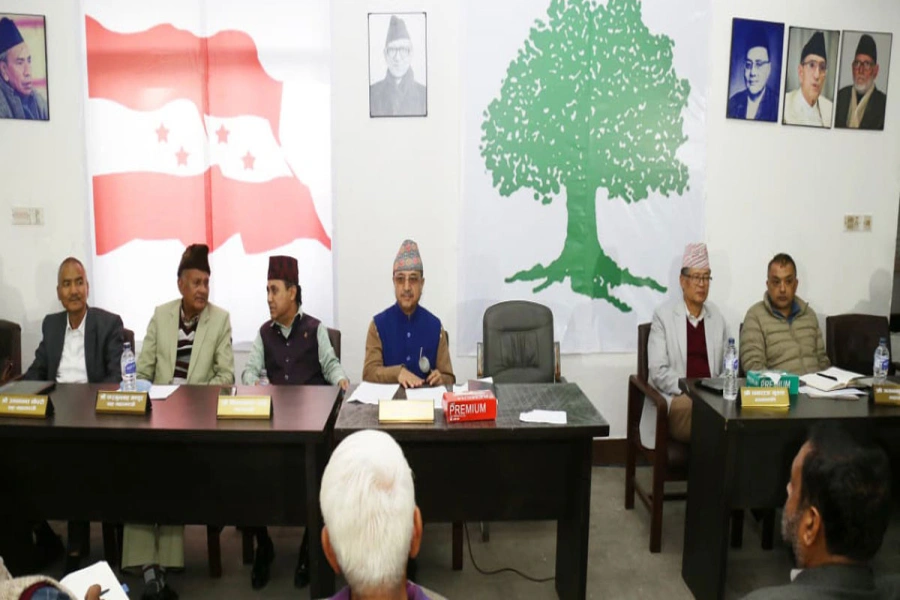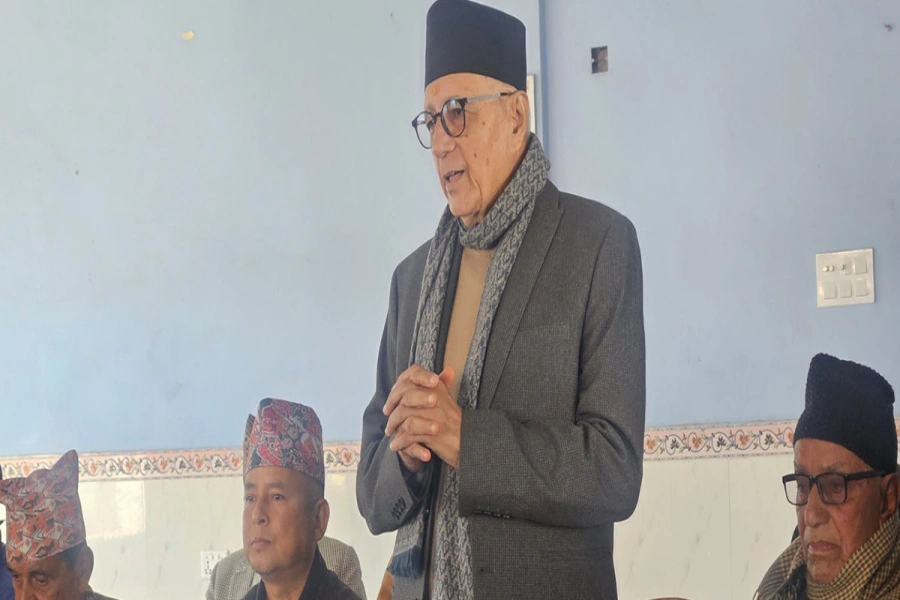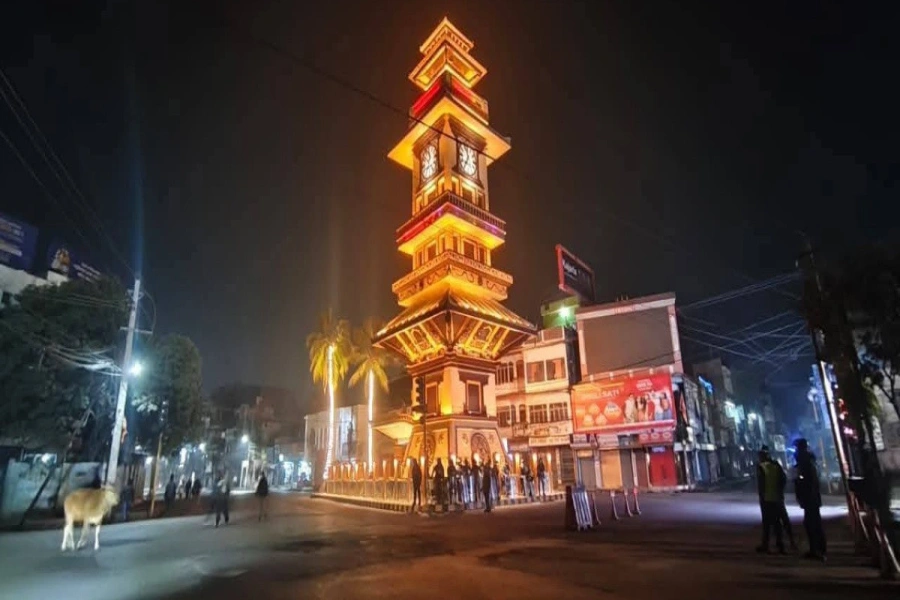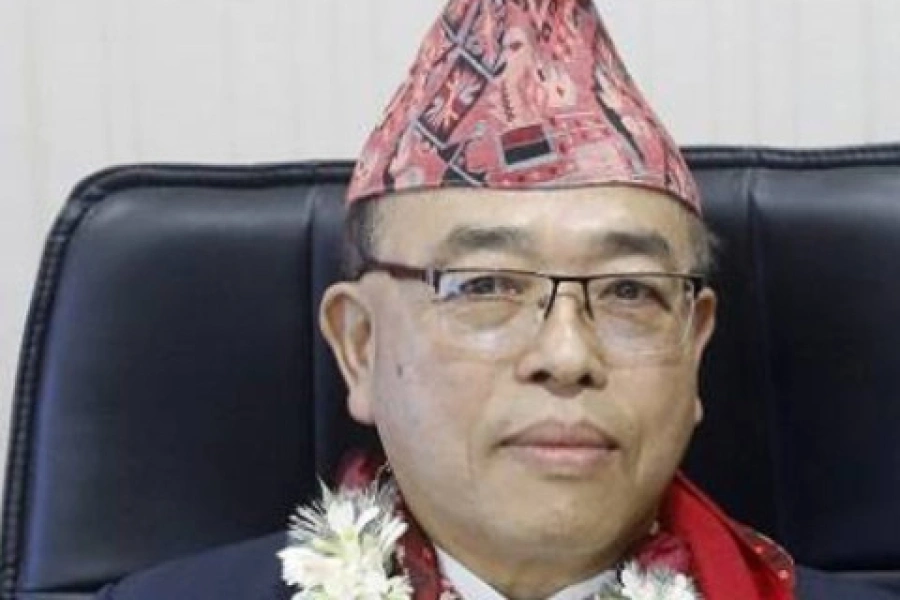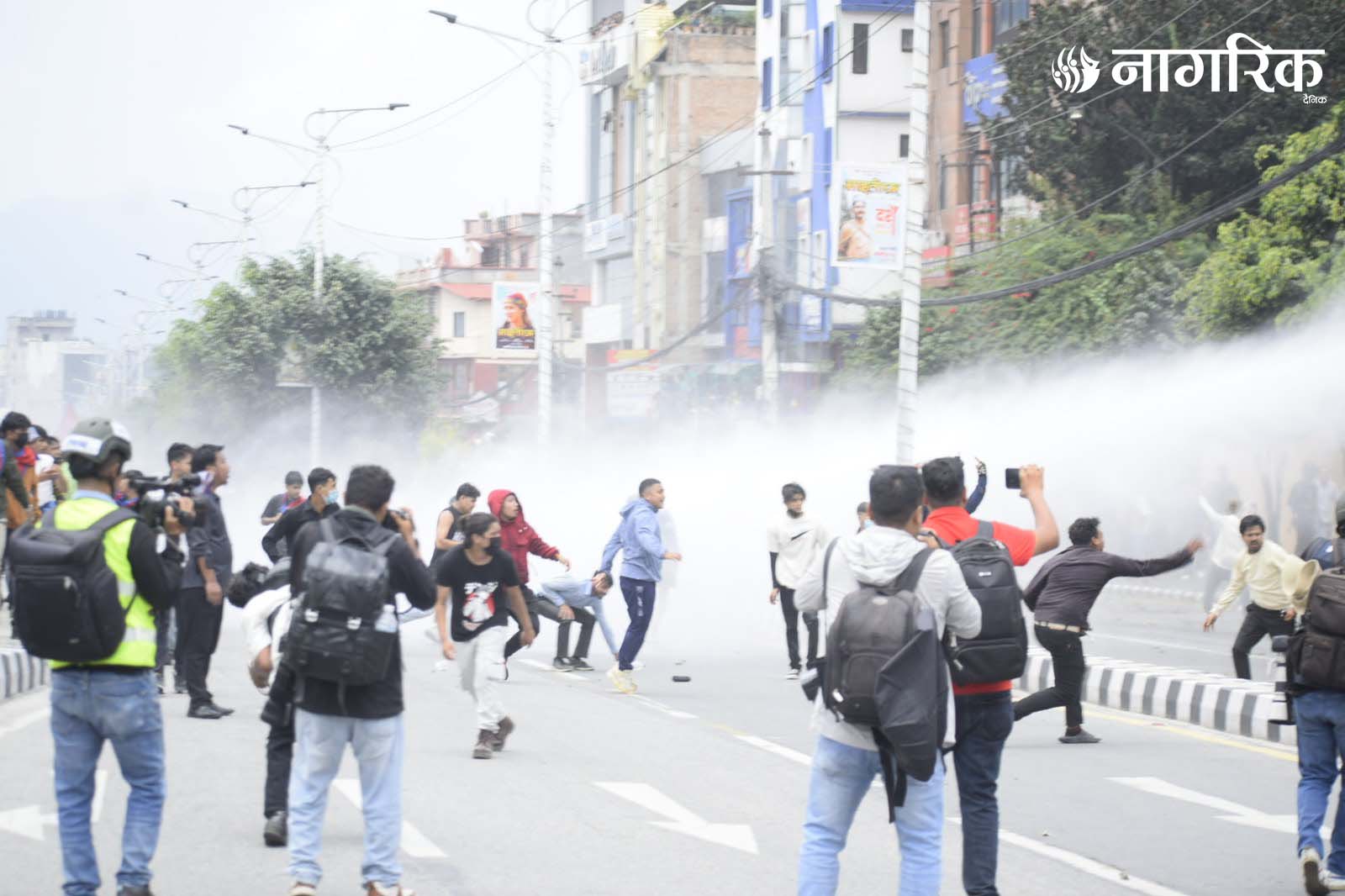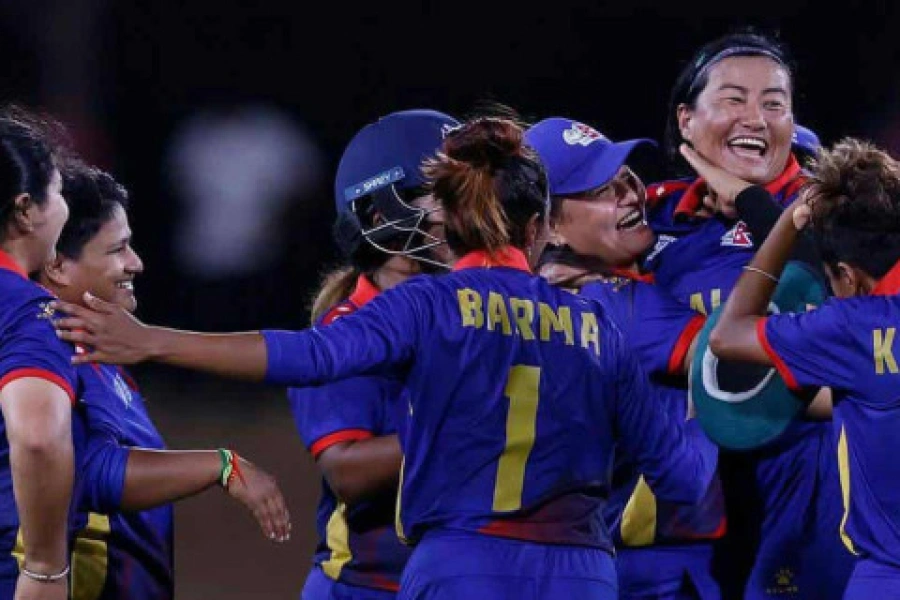Nepal has a massive youth population—around 40% under the age of 25—yet voter turnout among young first-time voters has historically been lower than average. According to the Election Commission Nepal, youth turnout dropped to around 65% in some regions during the 2022 local elections, while older age groups often exceeded 75%. This is not just a participation gap; it’s a knowledge gap, a confidence gap, and a systemic failure to engage.
Growing up in rural Nepal, civic education felt like an abstract concept—something buried in exam-focused textbooks and the occasional half-hearted lecture. We learned about the separation of powers or the structure of government, but never really understood how those concepts shaped our everyday lives. As I became more involved in grassroots advocacy through Project Abhaya, I realized that this detachment wasn’t because young people didn’t care—it was because no one had ever made civic education feel real, accessible, or empowering.
Nepal’s Constitution of 2015 lays strong foundations for democratic participation. Article 51(j) commits the state to creating an "informed and enlightened society" by promoting civic responsibility and democratic culture. Article 30 guarantees every citizen the right to education, and Article 38 ensures women’s right to participate in all organs of the state. These rights are powerful, but their potential is lost if they are not understood by the very people they are meant to empower.
With Project Abhaya, our original focus was to train young people—especially women, in civic engagement. But over time, we found that conventional methods weren’t enough. PowerPoint slides, legal lectures, and workshops felt far removed from the experiences of the youth we worked with. That’s when we turned to gamification—the use of game-based elements to enhance learning and engagement.
The concept may be new to Nepal, but globally, gamified learning has seen measurable success. In countries like Estonia and Finland, game-based civic learning tools have helped improve youth voter turnout and trust in democratic institutions. Even in neighboring India, platforms like ‘Samvidhaan LIVE!’ (developed by the Centre for Civic Education) use simulation games to teach constitutional law in schools. Inspired by these models, we began building something homegrown.
Cardi B tops BET noms, Nipsey Hussle up for 1

Our first experiments involved simulation games that placed youth in the shoes of local leaders, journalists, and policymakers. One game—based on Nepal’s Local Government Operation Act, 2074 (2017)—asks players to manage a fictional rural municipality’s annual budget. They must allocate resources among healthcare, education, road construction, and youth programs while balancing pressure from local stakeholders. Players soon realize how complex and value-laden decision-making in governance really is. It transforms civic learning from memorization to lived experience.
Another module guides users through dilemmas related to gender equity, informed by Article 18 of the Constitution, which ensures the right to equality, and Article 38, which mandates proportional representation of women. Here, players role-play as a female ward representative facing barriers to passing a gender-sensitive budget. They must navigate coalition politics, social norms, and public backlash—reflecting the real barriers faced by women leaders in Nepal.
Since launching our gamified civic learning modules, over 1,500 youth across 47 districts have engaged with our tools. The impact is deeply personal. A fellow from Gulmi shared: “I used to think politics was something dirty and far from us. But when I played the municipality game, I understood how real change begins at the local level. I now want to run for ward office in the next election.”
This kind of transformation speaks to a larger issue: Nepal has a massive youth population—around 40% under the age of 25—yet voter turnout among young first-time voters has historically been lower than average. According to the Election Commission Nepal, youth turnout dropped to around 65% in some regions during the 2022 local elections, while older age groups often exceeded 75%. This is not just a participation gap; it’s a knowledge gap, a confidence gap, and a systemic failure to engage.
To expand access, we're building a mobile-first platform so that youth—even in the remotest wards of Dolpa or Bajura—can play these games in Nepali and regional languages. They will earn civic badges, complete community-based challenges, and even contribute ideas for local policy simulations. In time, we hope to partner with schools and local governments to make civic learning a lived, interactive practice, not just a chapter in a book.
At its heart, this work is about giving young people agency. Nepal’s political system, like much of South Asia, is still heavily dominated by older men. Youth are expected to listen, not lead. Women are encouraged to “participate,” but often excluded from real decision-making. By making civic learning playful and participatory, we are pushing back against that hierarchy.
Gamification doesn’t trivialize civic education, it allows young people to experiment, to fail safely, and to understand the why behind political systems. It encourages empathy, foresight, and ethical reasoning. When someone navigates a water crisis in a game—forced to choose between limited funds for agriculture or sanitation, they begin to understand the moral weight of leadership.
We believe strongly that if we want a stronger democracy, we must stop treating governance as something sacred and complicated, reserved for elites. It must be something we all can touch, shape, and play with. When we create civic tools that reflect the realities of young Nepalis, we’re not just teaching them how to follow the system—we’re teaching them how to change it.
Because in the Nepal we are striving for, leadership must begin with understanding—and understanding begins with engagement.
Panta is Founder and Shrestha is General Secretary of Project Abhaya



